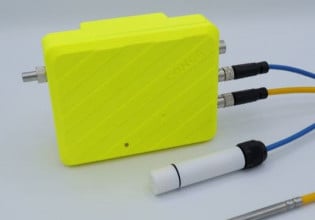I have a query related to restriction orifice. Since, restriction orifice is not bevelled at downstream of it.So, does it work in both directions i.e bidirectional. For eg if we are using RO for preventing reverse flow. If downstream pressure exceeds because of back flow, will it kill that extra pressure?
Plz reply
Plz reply






